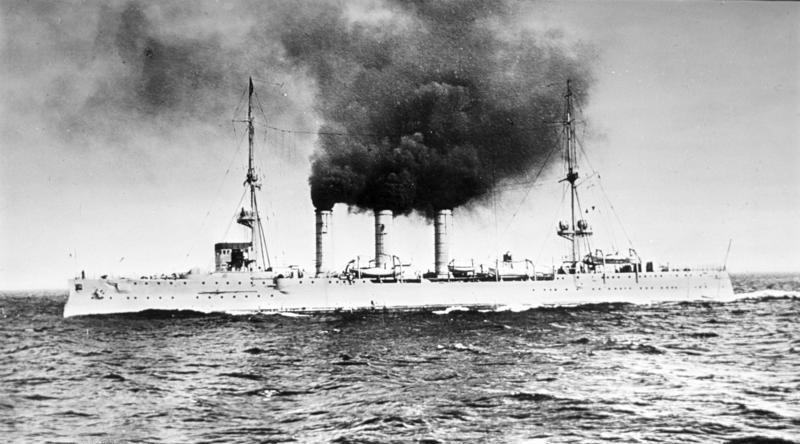

LAST MONTH, MilitaryHistoryNow.com reported the release of The West Point History of the Civil War.
The comprehensive volume, which was compiled by faculty historians at the prestigious United States Military Academy, is available in hard cover and also as an immersive digital app for the iPad. The enhanced tablet version offers the same content as the conventional print edition, but also includes a full suite of animated diagrams, photo libraries and a feast of other multimedia features.
And now thanks to the app’s developers at Rowan Technology Solutions, MHN readers can sample the book’s interactive Antietam battle map in this very article.
“Built using geo-referenced terrain and checked against contemporary and previous West Point-designed maps, these animations show the movement of units across time and space,” said Dr. Keith Altavilla, Civil War historian and associate editor of the book. “The animations stop at key points along the timeline, pointing out moments for critical decisions and shifts in the action.”
America’s Deadliest Day
The Battle of Antietam is remembered as one of the most decisive clashes of the American Civil War, on par with the fall of Vicksburg or even the Battle of Gettysburg.
Fought on Sept. 17, 1862 near the town of Sharpsburg, Maryland, the 10-hour fight claimed the lives of more than 20,000 men, making it the bloodiest one-day battle in U.S. history.
The deadly contest was the climax of Robert E. Lee’s abortive first invasion of the North. Timed to coincide with other Confederate offensives in the western theatre, the Rebels hoped that a campaign in Maryland might draw the neutral border state into the Southern fold.
In order to curry favour with residents, Lee ordered his 55,000 men to sing the state song “Maryland, My Maryland” as they marched. Despite the gesture, the locals showed little love for the invaders.
Washington dispatched the Army of the Potomac under George McClellan to pursue and defeat the Rebels. By way of an unbelievable stroke of luck, Yankee scouts trailing an enemy formation actually recovered a copy of Lee’s secret plan, Special Order 191. The document, which had been dropped by a careless Southern officer, revealed that the famous Virginian general had actually divided his army, sending 20,000 men west to Harper’s Ferry. Cautious to a fault, McClellan failed to exploit this golden opportunity to cut up the Rebel army piecemeal. Instead, 35-year-old Union commander waited nearly two days before moving to intercept the main enemy force, which his army now outnumbered more than two-to-one.
By the time the first Northern units had reached Lee, the Confederates were staked out on the high ground running parallel to the western bank of Antietam Creek. Once more, rather than moving quickly McClellan played it safe, waiting another two days for the rest of his army to arrive before trying to dislodge the Rebels. Unfortunately, the delay also gave Lee time to summon his own reinforcements.
On Sept. 17, McClellan finally struck, albeit with his trademark indecisiveness. The battle opened at first light with a costly attack through a cornfield on the Rebel left flank. In the ensuring clash, the vital patch of ground changed hands an estimated 15 times. Hours later, the Union commander shifted his focus onto the enemy’s centre, which featured a defensible low-lying road that soon earned the grim nickname the Bloody Lane. Union regiments mounted a series of suicidal charges against the Reb line there, but were forced back. By mid-day, McClellan made a play for the right of the Confederate positions. Much of the action here centred on a narrow stone bridge at the southern end of the battlefield. The Yankees eventually gained the crossing, but abandoned their hard-fought foothold when fresh Rebel troops arrived. Overall, McClellan’s bewildering strategy of launching his attack in three uncoordinated phases gave Lee ample time to redeploy his far smaller army to fend off each successive threat with lethal effectiveness.


Click on the graphic above to watch the fight unfold. Use the play button in the bottom left to begin the presentation. Icons in the lower right will call up a legend and each armies’ order of battle.
Aftermath
By late afternoon, the two bloodied and exhausted armies drew back, leaving more than 20,000 dead and wounded on the field.
Union casualties were staggering — up to one in four Northern soldiers had been killed or injured during the day’s fighting. Lee lost up to a third of his men.
While the battle was tactically inconclusive, the mauled Rebel army was forced to abandon its Maryland gambit and make for the safety of Virginia. Amazingly, rather than pursue and destroy his shattered opponent, McClellan vacillated, passing up yet another opportunity to crush Lee decisively. It was a career-ending move for the Union commander; a frustrated President Lincoln quickly sacked the dithering general and raised Ambrose P. Burnside to command of the Army of the Potomac.
Still, the president spun Antietam as a major win and used the so-called triumph, the North’s first in months, as justification to issue the famous Emancipation Proclamation. The White House had sought to announce its plan to free the slaves for some time, but held out for a Confederate defeat before finally announcing it.
Having cannily reframed the Civil War as a struggle over abolition, Lincoln had foiled Southern efforts to find international allies. Few European powers, particularly Britain and France, would be inclined to support a Rebellion that clung to slavery. Richmond would be on its own. After Antietem, victory for the North would only be a matter of time.
Click here to for more information about the West Point History of the Civil War interactive app.










1 thought on “Anatomy of a Battle – App Maker Offers MHN Readers Interactive Map of Antietam Clash”